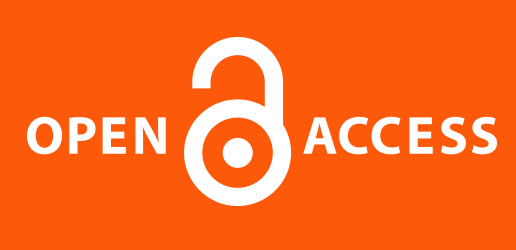Determinants of Rural Female-headed Households’ Food Security in Ambo District, West Shewa Zone, Oromia Regional State, Ethiopia
DOI:
https://doi.org/10.20372/au.jssd.5.1.2017.068Keywords:
Agricultural development, emale headed household, food securityAbstract
Food security strategy is the major component of the Agricultural Development Led Industry (ADLI) strategy of Ethiopia. So far, no systematic study has been undertaken on food security status of female-headed household in Ambo district. Thus, identifying the determining factors of female-headed households` food security is crucial for pertinent interventions. Accordingly, this study was carried out to identify factors influencing food security of female-headed households. To achieve the objective of the study, cross sectional survey was employed using 104 female-headed households. Structured household survey questionnaire, focus group discussions and key informant interviews were used for data collection, and analyzed using descriptive statistics and binary logistic regression model. The result of binary logistic regression model revealed that age of household head, productive labor force, access to credit, number of oxen owned, use of chemical fertilizer, location of the household, share cropping, livestock holding, participation in social organization and non-farm income were found to be positively and significantly influencing the status of female-headed household food security. The study further indicated that the mean value of the energy available for food insecure and secure households was 1,843 Kcal/AE/day and 2,943 Kcal/AE/day respectively with the mean energy intake of all sample households 2,560 kcal. As female-headed household spent much of what they have for food than male-headed households, female-headed households are engaged in insecure livelihood system. Thus, it necessitates to improve female-headed household`s decision making power, resource allocation and control, access to markets, and asset ownership issues, which is likely to be a more powerful tool for poverty alleviation policies.
Downloads
Published
How to Cite
Issue
Section
License
Copyright (c) 2017 Author(s)

This work is licensed under a Creative Commons Attribution-NonCommercial 4.0 International License.









